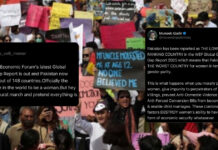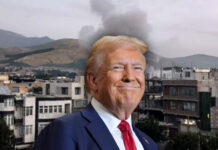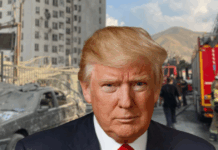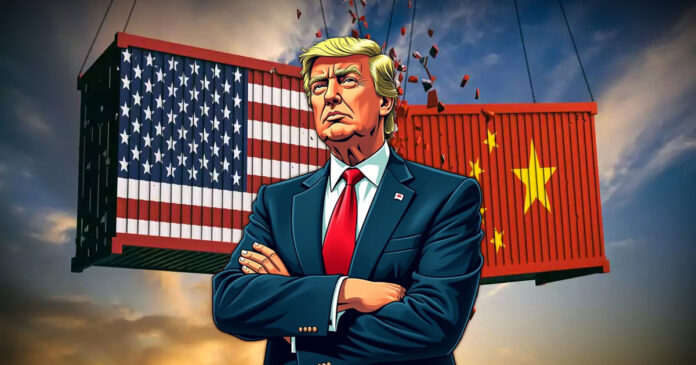In the world of luxury, perception is everything. Designer brands have carefully cultivated an image of exclusivity, craftsmanship, and heritage for decades. But after a prolonged tariff war between the United States and China, those polished veneers are beginning to crack. What started as a geopolitical trade dispute is now exposing the underbelly of an industry built on illusion—and it’s shaking the foundations of luxury as we know it.
The Exposure Luxury Never Wanted
The luxury industry has always thrived in the shadows. Behind the scenes, high-end labels have quietly relied on Chinese manufacturing to meet global demand, all while clinging to the romance of “Made in Italy” or “Parisian couture.” But with tariffs disrupting global supply chains and triggering a wave of factory closures, that secrecy is now unraveling.
Read More: Forever No More: Fashion Retailer’s Bankruptcy Highlights Changing Shopping Behaviour
Chinese manufacturers, caught in the crossfire, are revealing long-held contracts with luxury brands. These aren’t mere accessories or components—entire handbags, shoes, and garments are produced in Chinese facilities, only to receive their final stitch or label in Europe. The illusion is broken: what consumers believed were handcrafted heirlooms are increasingly exposed as mass-produced goods with premium price tags.
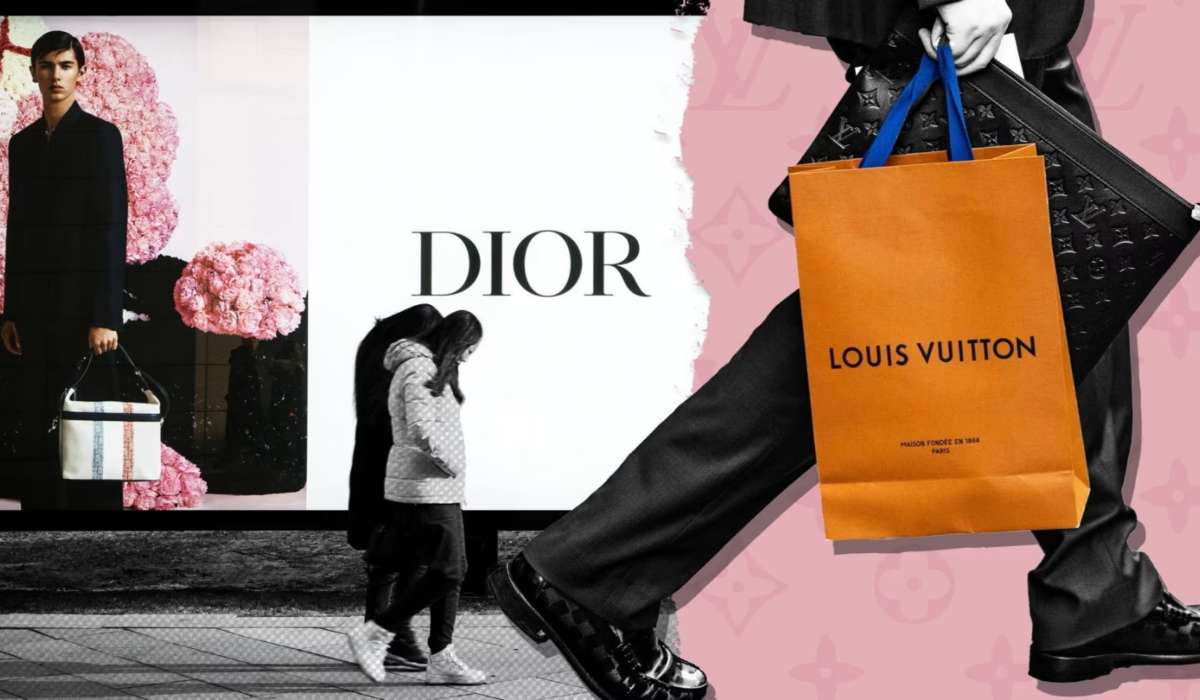
The Rise of the “Factory Original”
This reckoning has birthed a new phenomenon—the “factory original.” These are near-identical products manufactured in the same Chinese factories used by luxury brands but sold unbranded, often at a fraction of the price. A handbag that would retail for $2,000 under a designer label can now be purchased for $300, made with the same materials, by the same hands, in the same place.
It’s not counterfeiting. It’s revelation.
And it forces an uncomfortable question: are we paying for quality—or just the name?
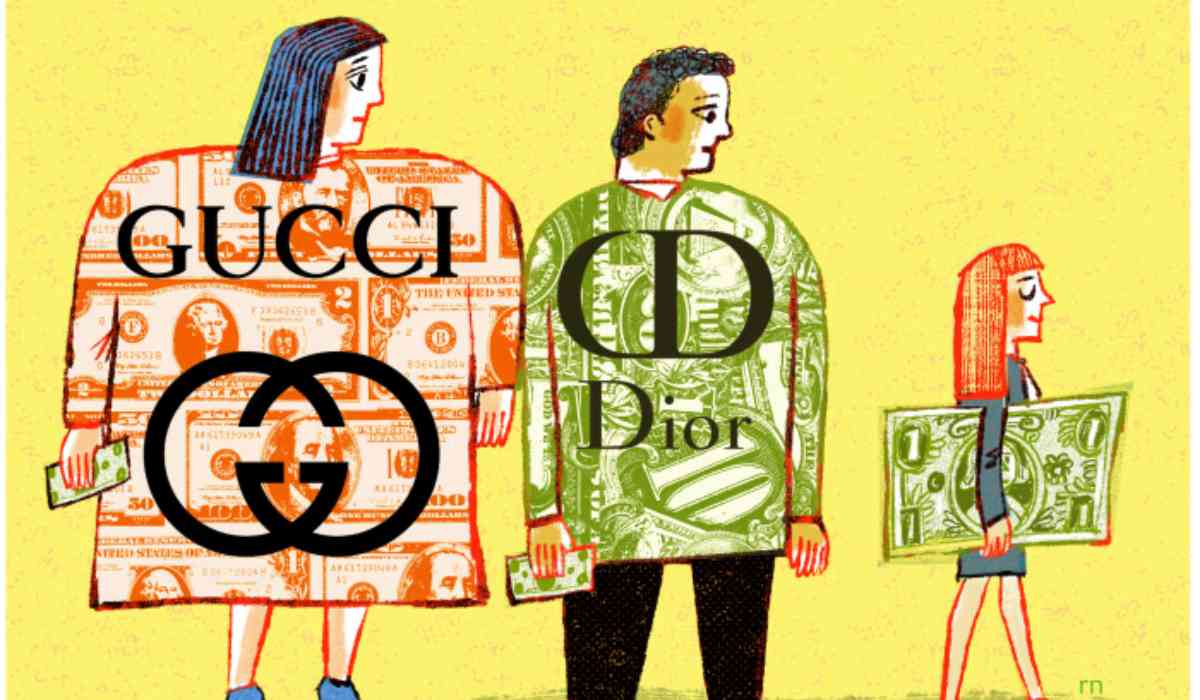
Luxury’s Vulnerability is Now Visible
While luxury conglomerates like LVMH, Hermès, and Kering might have once believed themselves immune to market volatility, the reality tells a different story. In recent quarters, even the titans have seen profits dip. LVMH, for instance, reported a drop in fashion and leather goods revenue, triggering market anxiety across the luxury sector. The brands blame macroeconomic headwinds and softening consumer demand—but there’s more at play.
Today’s aspirational consumers—the middle-class buyers who once saved for months to afford a single designer piece—are becoming disillusioned. With inflation biting and social values shifting, status symbols don’t hold the same appeal. Quiet luxury, with its muted tones and logo-less designs, has emerged not just as a trend but as a statement: wealth doesn’t need to scream anymore.
The irony? The very audience that luxury brands relied on to sustain their image is now turning away from them.
A New Age of Consumer Awareness
The tariff war has done more than raise prices—it’s raised awareness. Buyers are becoming smarter, more skeptical, and increasingly value-conscious. As more learn about the true origins of luxury goods, they begin to question whether the markup is truly justified. In an age of global transparency and digital access, mystique alone isn’t enough.
Brands can no longer rely on storytelling without substance. A logo, no matter how iconic, can’t hide behind trade secrets forever. When craftsmanship can be replicated, when materials are globally sourced, and when consumers have access to that information—it changes the game.
What Happens Next?
Some brands are trying to pivot. Louis Vuitton has opened production sites in the U.S., aiming to reduce reliance on overseas manufacturing and dodge tariff-induced price hikes. Others are considering similar moves. But the truth is, manufacturing alone won’t save luxury.
To stay relevant, brands must rethink what luxury means in this new world. Transparency can no longer be a liability—it must become a feature. Authenticity must be more than a slogan; it must be evident in every stitch and statement.
The tariff war may have begun as a battle over trade deficits, but its consequences have been far more nuanced. It has pulled back the velvet curtain, forced an industry reckoning, and perhaps, most importantly, empowered the consumer.
Luxury may still sparkle—but the shine now comes with questions. And it’s about time.
Stay tuned to Brandsynario for the latest news and updates.



































